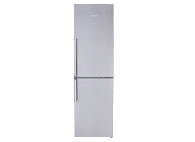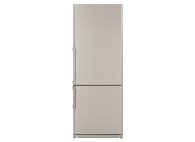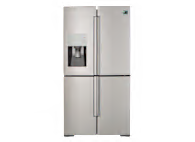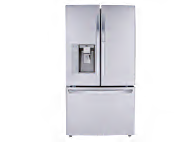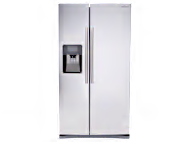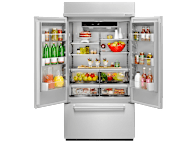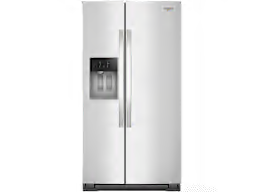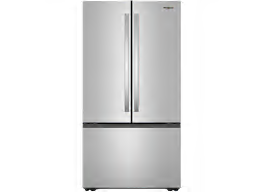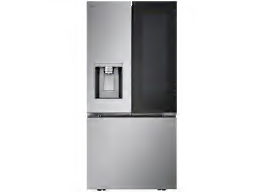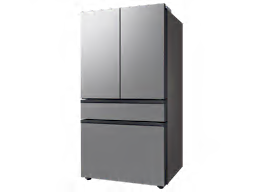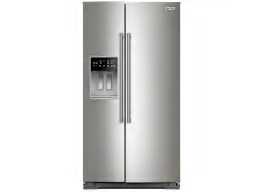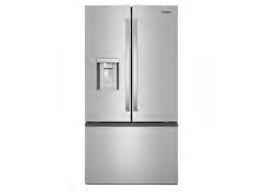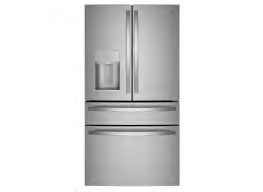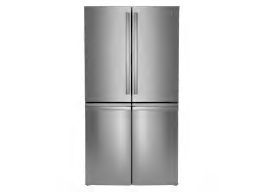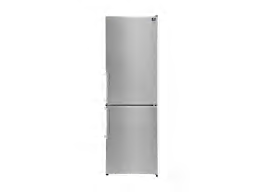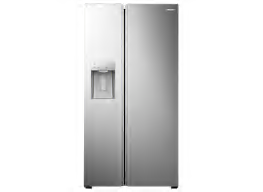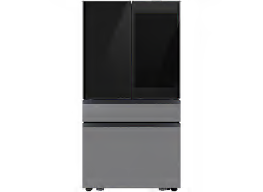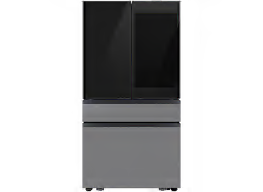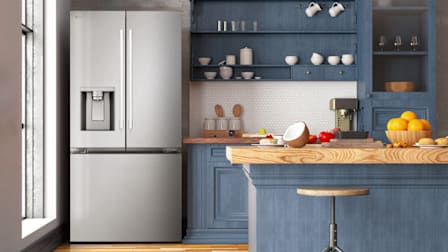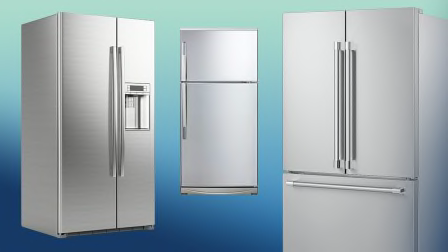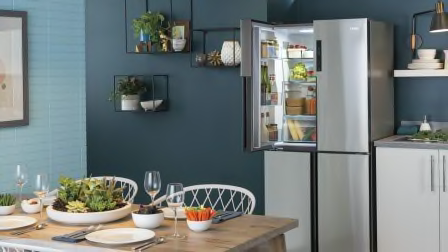Refrigerators That Keep Their Cool Without Overheating the Planet
These 10 models will help reduce global warming even before new climate-change rules take effect
When you shop through retailer links on our site, we may earn affiliate commissions. 100% of the fees we collect are used to support our nonprofit mission. Learn more.
Last week, more than 170 nations signed a global pact that will phase out hydrofluorocarbons (HFCs) from cooling appliances beginning in 2019. The move promises to make refrigerators less harmful to the planet, because the heat-trapping potency of HCFs is about 1,000 times greater than that of carbon dioxide. Air conditioners are the other major home appliance included in the pact.
Consumer Reports wholly supports the international agreement, which could remove the equivalent of 70 billion tons of carbon dioxide from the earth’s atmosphere. But what if you can’t wait until 2019 for a new refrigerator? As it turns out, a few manufacturers have already made the switch to safer alternative coolants.
Our refrigerator experts combed through our refrigerator ratings to find the best options among these planet-friendly models—as well as other top-performing fridges that use a variety of innovations to minimize their impact on the environment.
HFC-free
All refrigerators from the German manufacturer Liebherr now use alternative coolants instead of HFCs. This 36-inch-wide built-in is the highest-rated among them, combining superb temperature control and quietness with solid energy efficiency. It's also one of the few built-ins on the market with two pullout freezer drawers, helpful for keeping all your frozen foods organized.
HFC-free
This svelte 24-inch-wide bottom-freezer from Bosch is another HFC-free fridge that's available today. The cabinet-depth model combined very good temperature control, energy efficiency, and quietness in our tests, and it's one of the few models we've seen with a built-in wine rack.
HFC-free
This built-in bottom-freezer from GE is one of the few refrigerators available today that doesn't use HFCs. Instead, it is cooled with a R600a refrigerant, with its lower global warming impact. Though the 30-inch-wide GE misses our recommended list, it earned solid scores in our temperature-performance and energy-efficiency tests.
HFC-free
Blomberg is yet another German manufacturer that has already started the conversion to alternative coolants, beginning with refrigerators that are less than 36 inches wide. This 30-inch-wide bottom-freezer doesn't make our recommended list for the category, but it delivers solid temperature control and energy efficiency.
Energy miser
Though it still uses HFCs, this true four-door refrigerator from Samsung combines superb temperature control and energy efficiency. In fact, its annual operating cost of $67 is one of the lowest for the category. And if you keep the lower "flex zone" in refrigerator mode, as opposed to using it as a freezer, the energy consumption will be even lower.
Energy miser
Given their compact design, top-freezers are the most energy-efficient type of refrigerator. Thanks to its LED lighting and linear compressor, this LG uses less electricity than nearly all other models in our ratings. It’s also the top-ranked model among top-freezers, which as a category stands out for efficiency given their compact design. It uses HFCs.
Energy miser
Though it still uses HFCs, this LG’s variable-speed compressor allows it to run more efficiently because it’s not constantly cycling on and off. (That also helps with noise.) Also, the door-in-door feature allows you to access frequently consumed items, like beverages and condiments, without reaching all the way into the main chamber.
Energy miser
This top-scorer among side-by-side refrigerators is also a standout for efficiency thanks in part to its LED tower lighting, which brightens the interior with minimal heat and energy output. Its dual evaporators maintain optimal humidity levels, leading to less food waste. It uses HFCs.
Energy miser
Given their size, not many built-in refrigerators manage a score of excellent in our energy-efficiency tests. Though it uses HFCs, this 42-inch-wide KitchenAid is an exception, with an annual electricity cost of $58, one of the lowest in the category. Its temperature control and quietness are equally impressive.

















